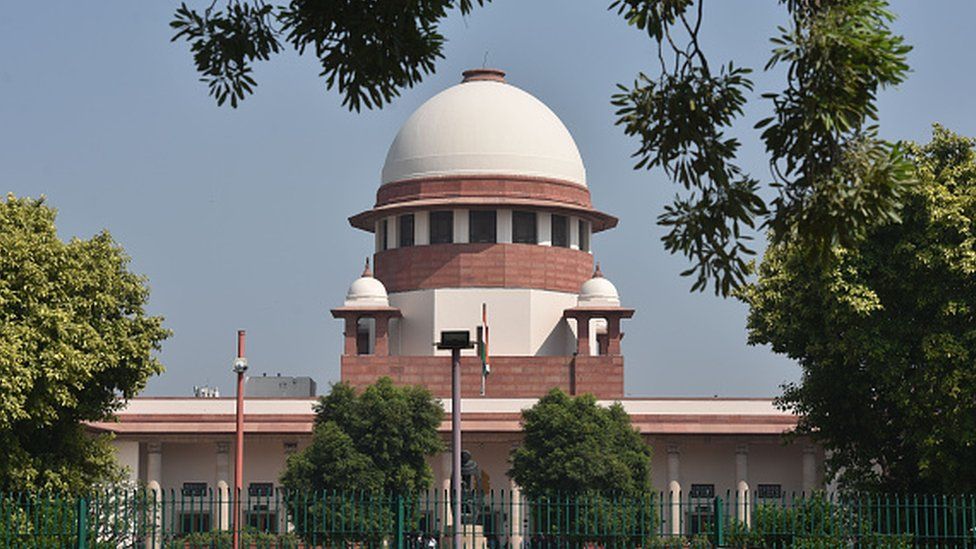-

-
-
Loading

Loading

India's Supreme Court has been actively discussing pollution in Delhi for around 40 years, passing orders that have shaped life in the city. In early November, the court called for immediate action as air quality deteriorated to alarming levels. The court heard arguments on measures implemented by the Delhi government, including reducing stubble burning and allowing motor vehicles on alternate days. While the court left the decision-making to the government, it recently criticized authorities for not allocating funds for a rapid rail system to reduce vehicular pollution. The court has also accused the Punjab state government of not doing enough to stop stubble burning. Over the years, the court has implemented various rules and reforms to clean up Delhi's air. Critics question the effectiveness of these decisions and accuse the court of overstepping into executive action. However, defenders view the court as a protector and a collaborative problem-solving forum. The court first started hearing pollution cases in 1984 and has since added new issues to those petitions. It has taken drastic measures in the past, such as ordering public transport vehicles to switch to compressed natural gas. While these measures had initial success, the increase in private vehicles negated the gains. Critics argue that the court's interventions have often ignored the interests of poor workers. Some judges, however, believe that the court's intervention is necessary and has been successful. Legal experts have mixed opinions, with some praising the court's positive impact and others questioning some of its decisions. Some suggest that lower courts or specialized tribunals could play a role in enforcing existing environmental laws.